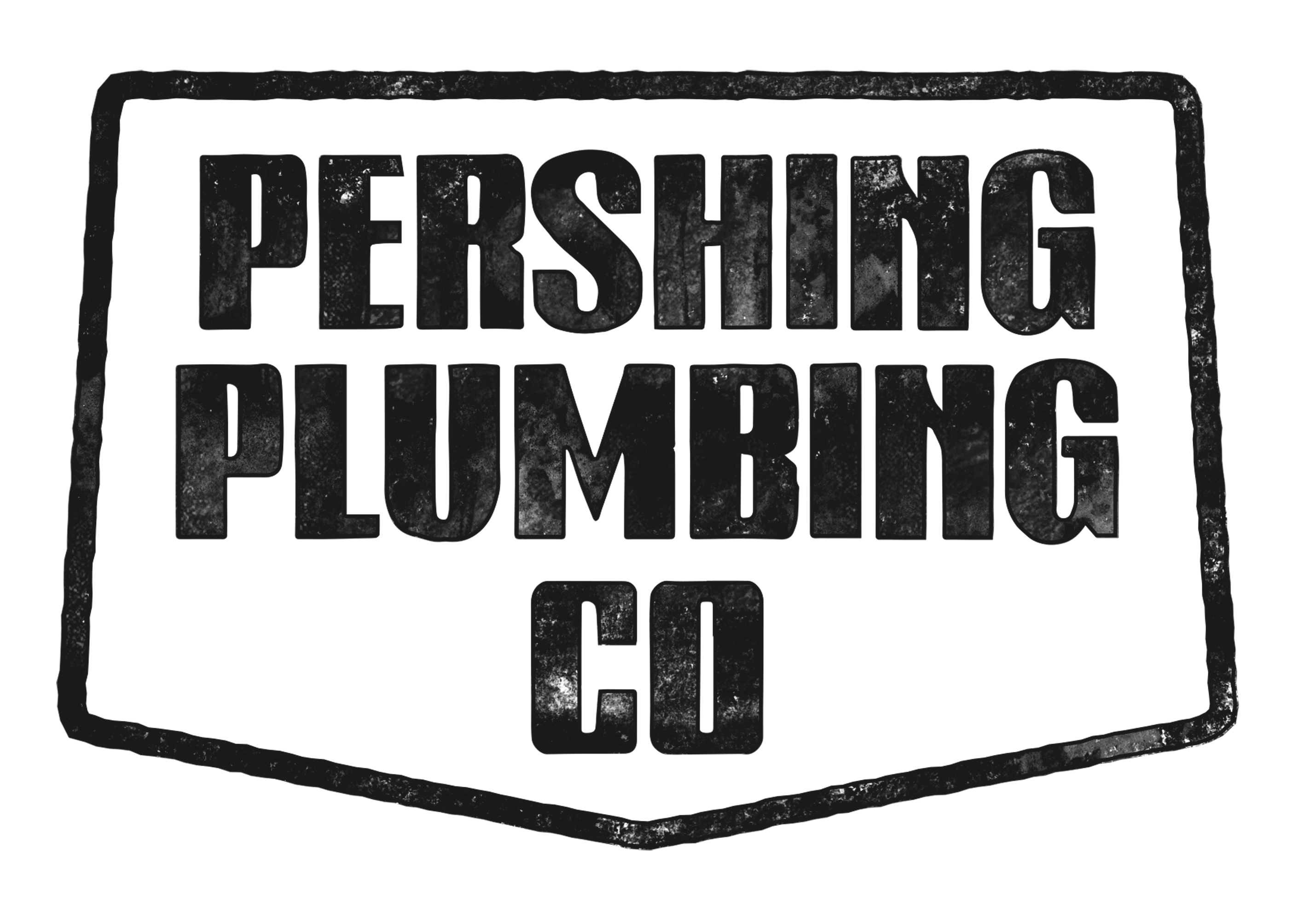If you’ve noticed your pipes are covered in moisture or appear to be “sweating,” you might be wondering if this is something to worry about. Sweating pipes are a common issue and can often be mistaken for a leak.
However, the moisture isn’t coming from inside the pipe. Instead, it’s caused by condensation on the exterior of the pipe when warm air meets the cold surface of the pipe. While it might not seem like a big deal, sweating pipes can lead to larger problems if left unaddressed. A Pasadena Plumbing expert can help you understand the causes of sweating pipes and how to prevent potential damage.
What Causes Sweating Pipes?
Sweating pipes are typically caused by a process known as condensation. This happens when warm, humid air comes into contact with cold water pipes, especially in areas like basements, crawl spaces, or bathrooms. The temperature difference causes water droplets to form on the outside of the pipe.
While sweating pipes are most common in the summer months when humidity levels are high, they can occur year-round in certain conditions. A Pasadena Plumbing expert can assess your home’s plumbing system to determine if condensation is the issue or if there’s an underlying problem.
Why Sweating Pipes Can Be a Concern
Although condensation itself doesn’t harm the pipes, the moisture it creates can lead to other issues, including:
- Water Damage
The water dripping from sweating pipes can pool on floors or walls, causing water damage, stains, or even rot in wooden structures.
- Mold and Mildew Growth
Excess moisture creates the perfect environment for mold and mildew to grow, which can affect indoor air quality and cause health issues.
- Corrosion
Over time, consistent moisture on the surface of metal pipes can lead to rust and corrosion, potentially weakening the pipes and leading to leaks. A Long Beach Plumbing expert can recommend solutions to prevent long-term damage.
How to Prevent Sweating Pipes
Preventing sweating pipes often involves reducing humidity levels and insulating your pipes. Here are some steps you can take:
- Insulate Your Pipes
Adding pipe insulation is one of the most effective ways to prevent condensation. It keeps the exterior of the pipe from being exposed to warm, humid air. A Pasadena Plumbing expert can help you choose the right insulation for your pipes.
- Reduce Indoor Humidity
Use a dehumidifier in areas prone to high humidity, such as basements or bathrooms. This helps reduce the amount of moisture in the air, preventing condensation on your pipes.
- Improve Ventilation
Ensure proper ventilation in areas with plumbing. Exhaust fans in bathrooms or kitchens can help circulate air and reduce humidity.
- Fix Leaks
Even though sweating pipes aren’t technically a leak, it’s a good idea to check for any actual leaks that may exacerbate the moisture problem. A Pasadena Plumbing expert can inspect your pipes and fix any issues.
Conclusion
Sweating pipes might not seem like a big issue at first, but ignoring them can lead to water damage, mold growth, and even long-term pipe corrosion. Fortunately, the problem is often easy to fix by insulating pipes, reducing humidity, or improving ventilation. If you’re unsure about the cause of sweating pipes or need help addressing the issue, contact a reliable Pasadena Plumbing expert. They’ll provide professional guidance and ensure your plumbing system stays in excellent condition. Don’t wait—protect your home from unnecessary damage today!

